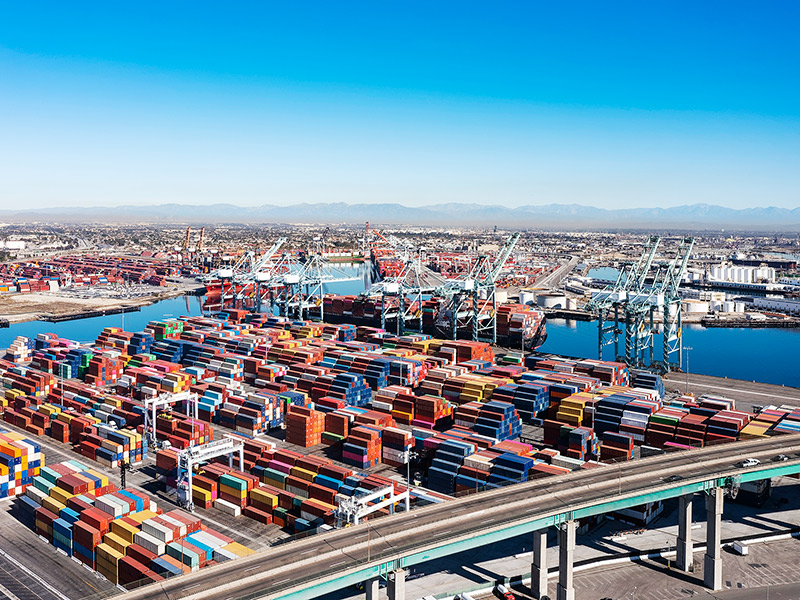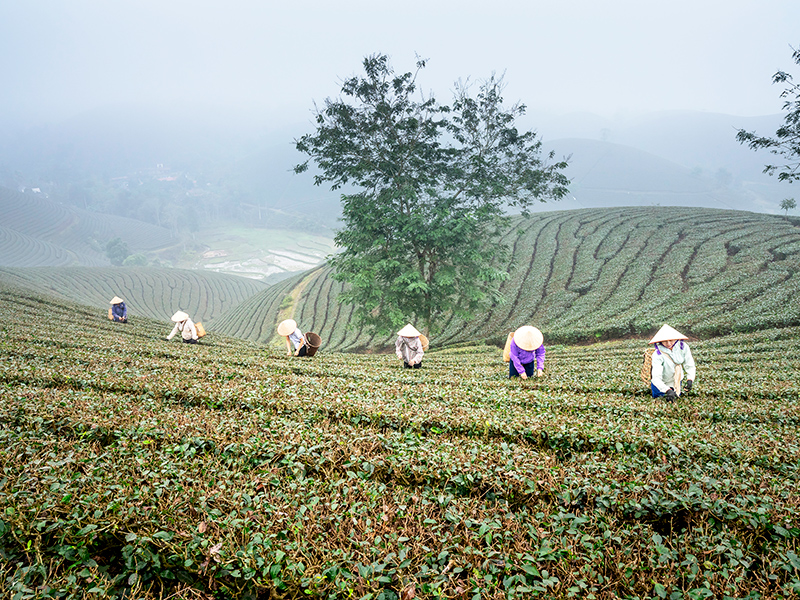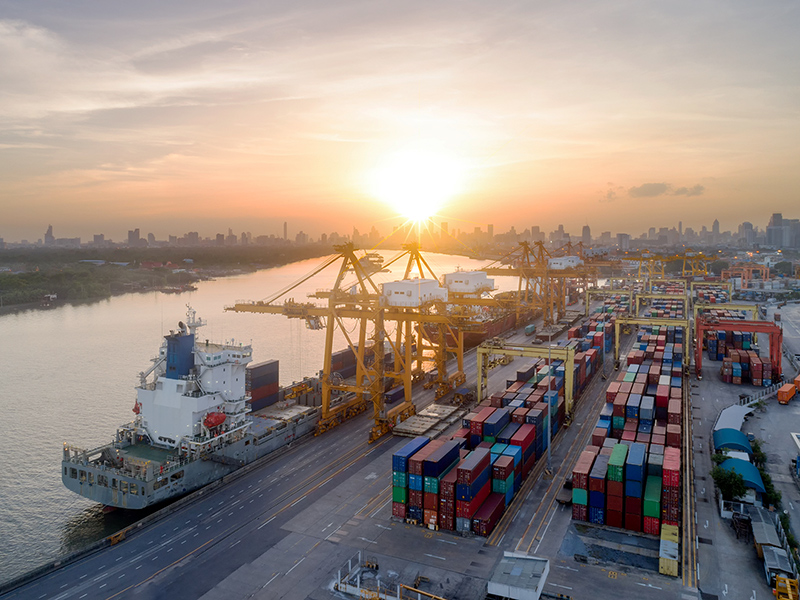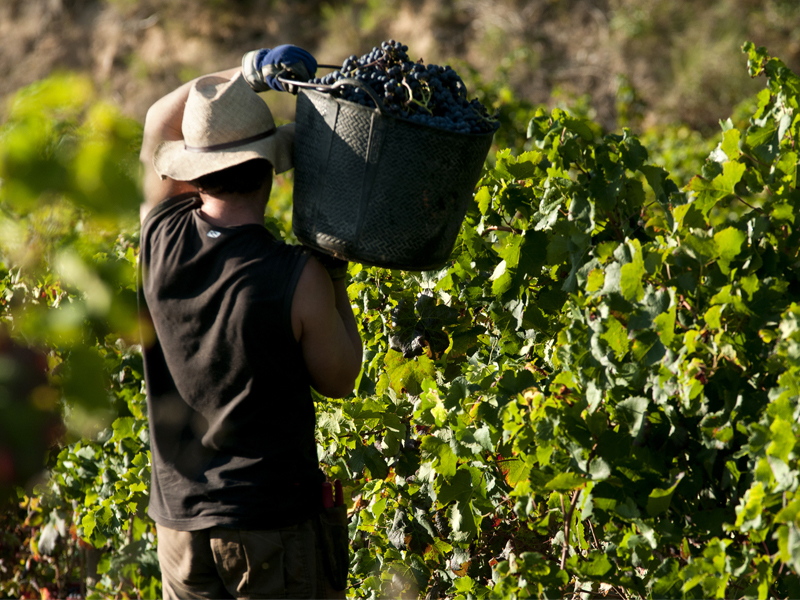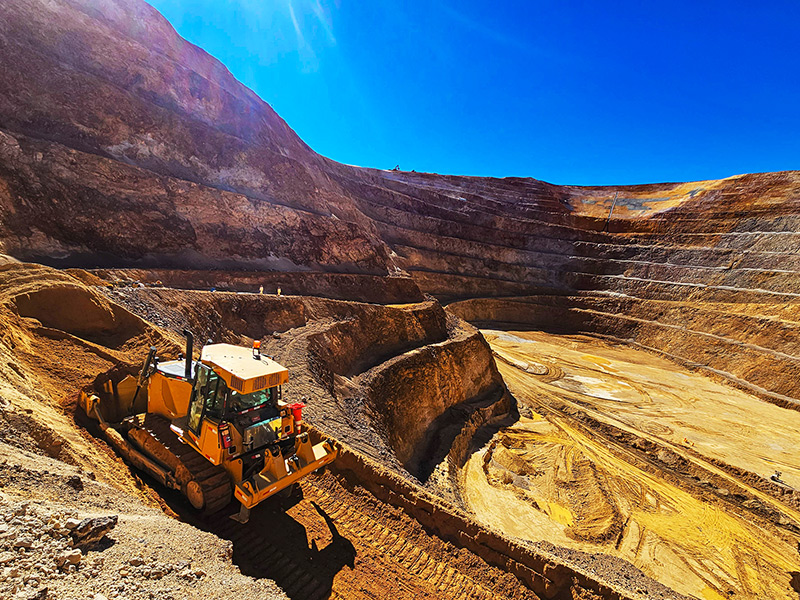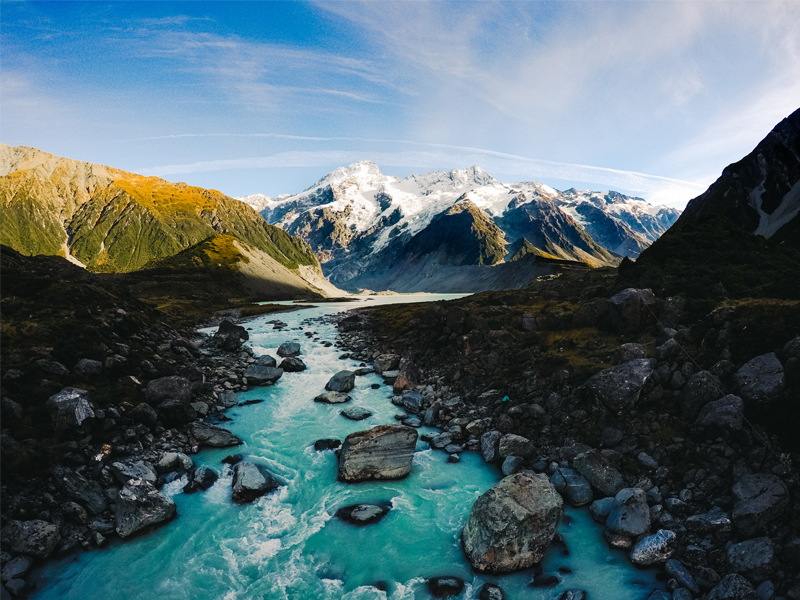The Challenge
Of the 5,200 buildings Telenor Real Estate maintains in Norway, most are small buildings made to house technical equipment. For this reason, most of them are situated on islands, along coastlines, on mountaintops, and in other areas with harsh weather. Most, if not all, of the buildings are built out of wood, the country’s most common building material. Due to the harsh weather and the building’s materials, they must be repainted quite often, about every five years. Repainting them involves several factors that contribute to the overall cost: paint, labor hours, and travel.
Our Strategy
Initially, Telenor focused on reducing the cost of painting all of their buildings. They analyzed these costs and found that the biggest potential for impact was with travel and labor costs. The cost of paint was relatively low, so by cutting travel and labor, they could have the most significant effect on total cost. By increasing the intervals between paintings, they could reduce the number of times the painters would have to travel to the buildings, reduce the number of suppliers, and assign each supplier more buildings to manage.
Telenor noticed that on some buildings the paint lasted longer and discovered that those buildings had higher quality paint. The company then concluded that, by using the highest quality paint on the market, they could increase the intervals between paintings from approximately five years to about seven years. While higher quality paint would be more expensive up-front, the other savings would outweigh these initial expenses.
Telenor put out a competitive bid to several painting companies, specifying the paint to be used and designating more buildings per supplier. Over time, the company has reduced its suppliers to two.
Our Impact
The savings from reducing the number of times the painters had to travel to the buildings amounted to a 40 percent cost savings. Additionally, by repainting less often, the suppliers used less paint. Since this change, Telenor has also begun requiring their building maintenance company to use higher quality paint.
Telenor’s decision wasn’t driven by environmental consciousness, but since finding that sustainability can offer monetary advantages, the company is beginning to incorporate this thinking into its other procurement activities and decisions.
Lessons Learned
Telenor found that the best way to reduce costs was to choose the more sustainable option, showing that sustainability and lower costs aren’t mutually exclusive. Since the real estate team found that more sustainable choices offer business opportunities, it will be able to make the case for sustainability more easily in the future.
Additionally, having fewer suppliers allows Telenor to work more closely with them and build stronger relationships, which in turn helps the company and suppliers collaborate to tackle more sustainability challenges. Telenor was also able to introduce their suppliers to a more sustainable way of operating. Because of this case study, Telenor’s suppliers have become more environmentally conscious.
Let’s talk about how BSR can help you to transform your business and achieve your sustainability goals.

